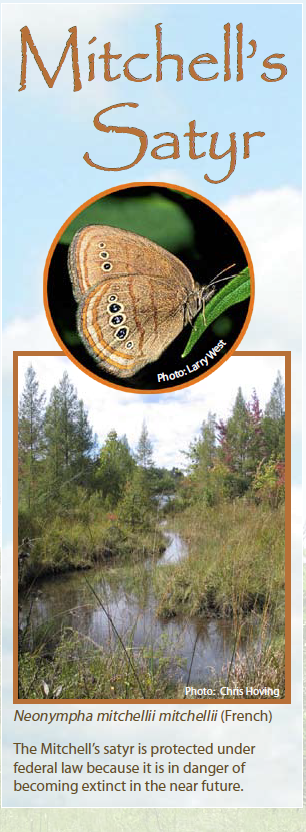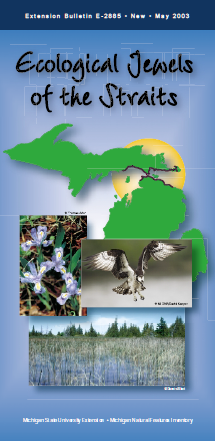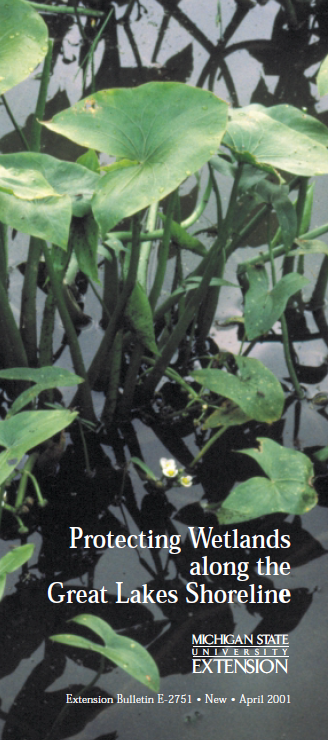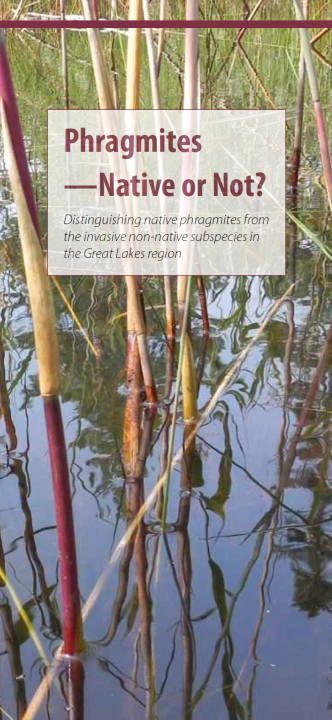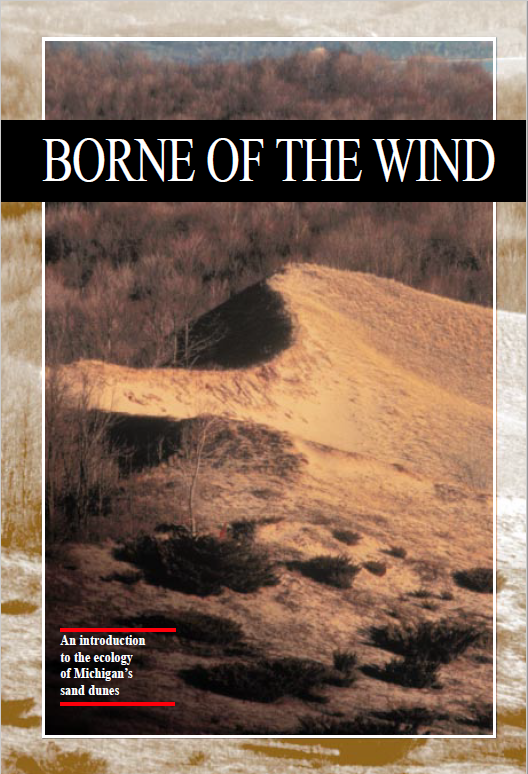Books & Educational Materials
All book purchases will be mailed within 5 to 7 business days from the date of purchase.
Once your order is mailed, you should receive a confirmation email form our team with a tracking number. If you do not receive this email within the stated time frame, feel free to reach out to us at 517-284-6200.
A Field Guide to the Natural Communities of Michigan
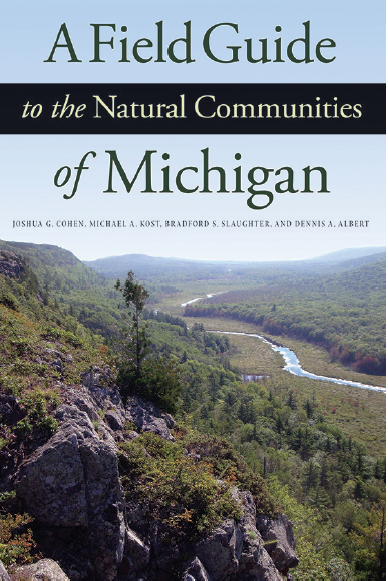
The culmination of three decades of work by Michigan Natural Features Inventory ecologists, this essential guidebook to the natural communities of Michigan introduces the diverse terrain of a unique state. Small enough to carry in a backpack, this field guide provides a system for dividing the complex natural landscape of Michigan into easily understood and describable components called natural communities. Providing a new way to explore Michigan’s many environments, this book details natural communities ranging from patterned fen to volcanic bedrock glade and beyond. The descriptions are supplemented with distribution maps, vibrant photographs, and comprehensive lists of characteristic plant species. The authors suggest places to visit to further study each type of natural community and provide a comprehensive glossary of ecological terms, as well as a dichotomous key for aiding field identification. An invaluable resource, this book is meant to serve as a tool for those seeking to understand, describe, document, conserve, and restore the diversity of natural communities native to Michigan.
- Order from MSU Press
Price: $34.95 (does not include shipping, handling or tax) - Order from our online store
Price: $40.00 (includes shipping, handling and tax)
A Field Guide to Invasive Plants of Aquatic and Wetland Habitats for Michigan
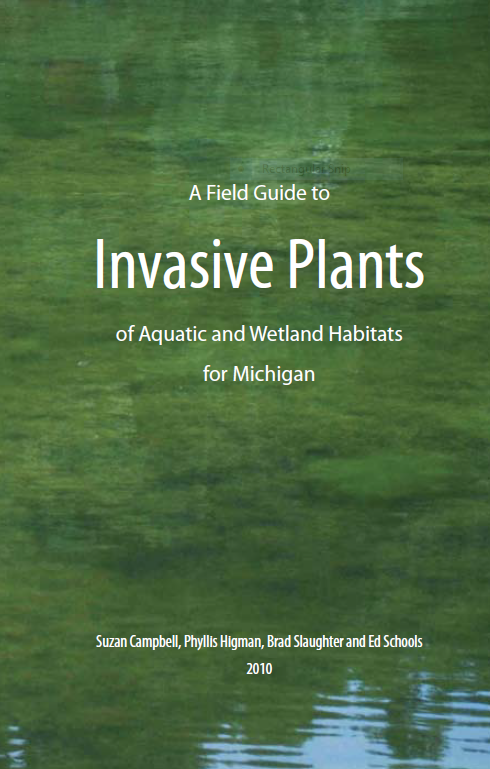
An invaluable resource for professionals and amateurs alike, A Field Guide to Invasive Plants of Aquatic and Wetland Habitats for Michigan includes photos and descriptions of 47 invasive plant species. Funded by DNRE - Water Bureau as part of a broader research project, the field guide is now available for download below. Aquatic and wetland species are included, along with a number of upland species that commonly venture into wetland habitats.
The guide is organized into two major sections: a pictorial key and species accounts.
Species accounts include common and scientific names, photographs, legal restrictions where applicable, a brief description of each plant’s characteristics, habitat information, dispersal modes and the best times for survey. The guide also includes an introductory section with monitoring guidance.
- Price: $16.00 (includes shipping, handling and tax)
- Order from our online store
- View a PDF version of the book
A Field Identification Guide to Invasive Plants in Michigan's Natural Communities
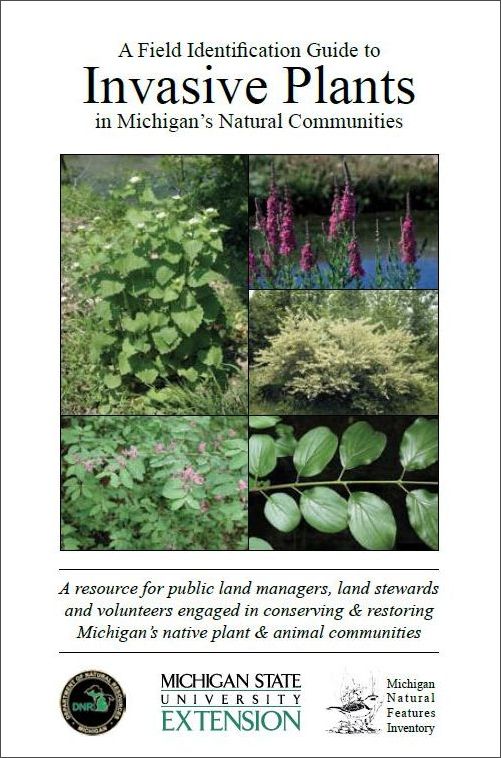
This field guide is intended to help readers identify key invasive species early so that a rapid response can be initiated while successful treatment is still likely. It features 47 species, with beautiful photos, plant descriptions, habitat preferences, modes of reproduction, and guidance for monitoring and rapid response. The introductory section is a must read! It provides a concise overview of invasive plants including their threat, the importance of early detection, and the elements of a more comprehensive approach to addressing their impacts. The helpful tips, detailed glossary, and distribution maps based upon documented herbarium records make this field guide truly unique. This is a treasure you won't want to leave in the office.
- Price: $16.00 (includes shipping, handling and tax)
- Order from our online store
- View a PDF version of the book
Exploring the Prairie Fen Wetlands of Michigan
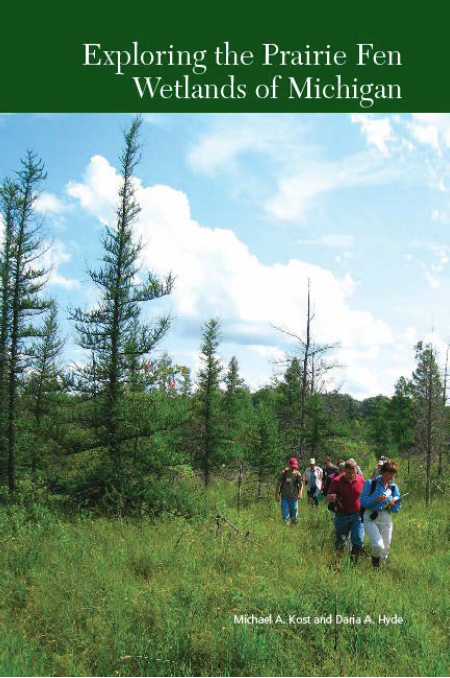
Exploring the Prairie Fen Wetlands of Michigan is a striking "full-color" publication with beautiful photographs and illustrations. It provides general readers and naturalists alike with a description of the landscape context, ecological processes and vegetation of prairie fens and includes vignettes that highlight noteworthy fen species. This book also provides an overview of threats to this rare community as well as restoration and management activities that readers can become involved with to help preserve and restore this unique habitat and its species. Finally this publication provides a handy reference of places to visit prairie fens along with checklists of fen plants and animals.
- Price: $14.00 (includes tax and shipping)
- Order from our online store
- Download PDF (23 MB)
Prairies and Savannas in Michigan: Rediscovering Our Natural Heritage
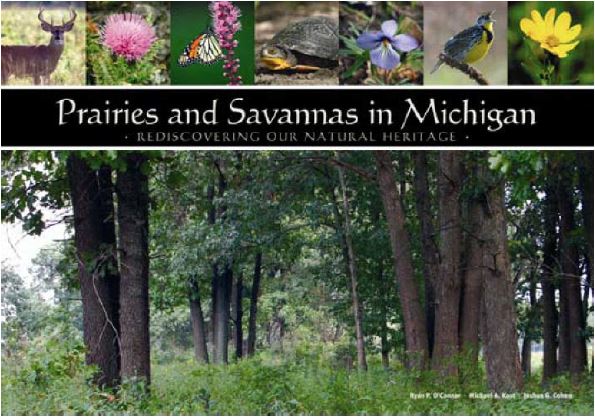
Intended for general readers, Prairies and Savannas in Michigan clearly describes the variety of natural habitats and itemizes noteworthy species found in each. In addition, it includes a special section on plants and animals, highlighting those species that are threatened or endangered, and it suggests what readers can do to help preserve and restore both habitats and species. The book fills a unique niche for practicing and armchair ecologists alike, and it provides a much needed educational overview for citizens living in a state with such unique and diverse—though rapidly disappearing—habitats.
- Price: $30.00 (includes tax and shipping)
- Order from our online store
Between Land and Lake: Michigan's Great Lakes Coastal Wetlands
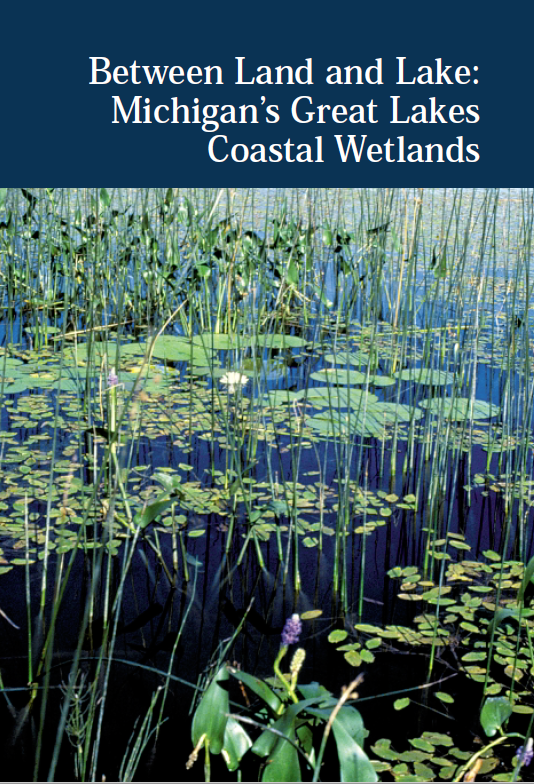
- Price: $6.00 (includes tax and shipping)
- Order from our online store
- Download PDF (8 MB)
Freshwater Mussels of Michigan
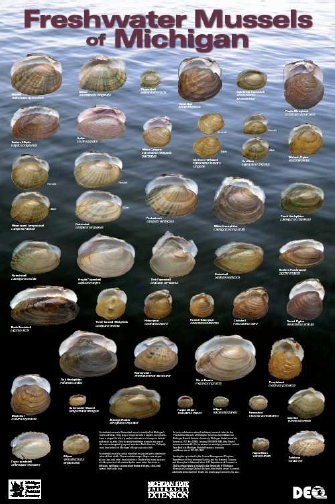
- Price: $3.00 (includes tax and shipping)
- Order from our online store
- Download poster (5 MB)
- Download brochure (7.5 MB)
Agricultural Practices That Conserve Grassland Birds
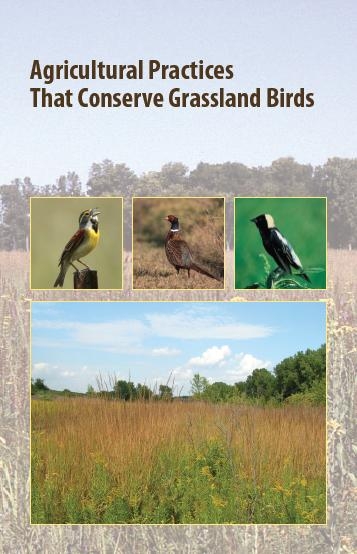
Agricultural Practices That Conserve Grassland Birds is a 22 page booklet that provides an overview of conservation practices that can be implemented to benefit grassland birds and other wildlife while sustaining or enhancing agricultural production. Michigan's grasslands, including hay fields, pastures and old fields can provide valuable habitat for a variety of wildlife, especially grassland birds which have suffered severe population declines. Some of the conservation practices discussed include: delayed mowing and grazing, planting warm season grasses, use of flushing bars, mowing from the inside out, rotational mowing and removal of invading brush. Experiences of farmers who tried these practices are reported in the guide along with a list of resources for those interested in learning more.
- Order for free (shipping charges apply) from the MSU Extension Bookstore. The product number is BULLETIN-E3190.
- View a PDF version of the booklet


